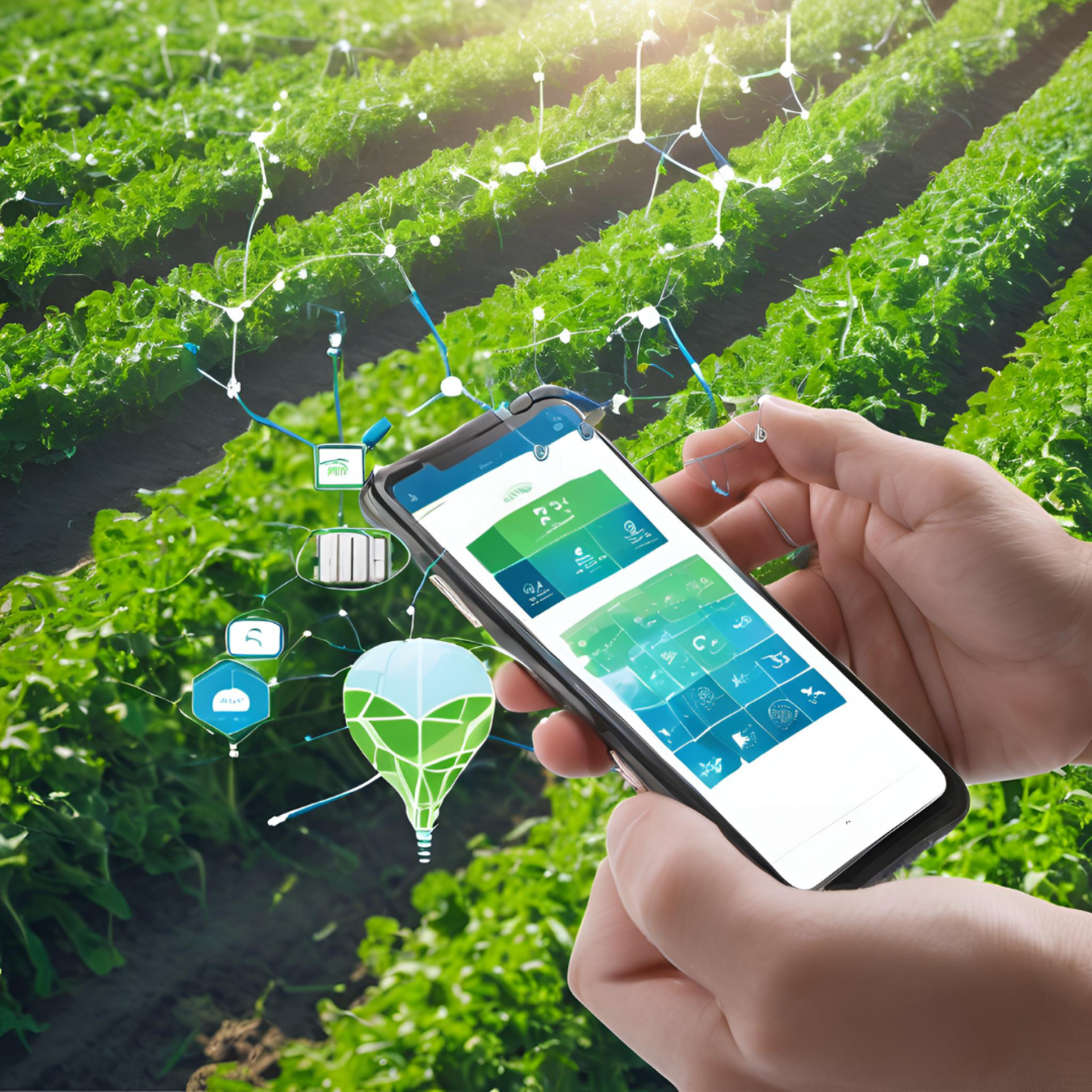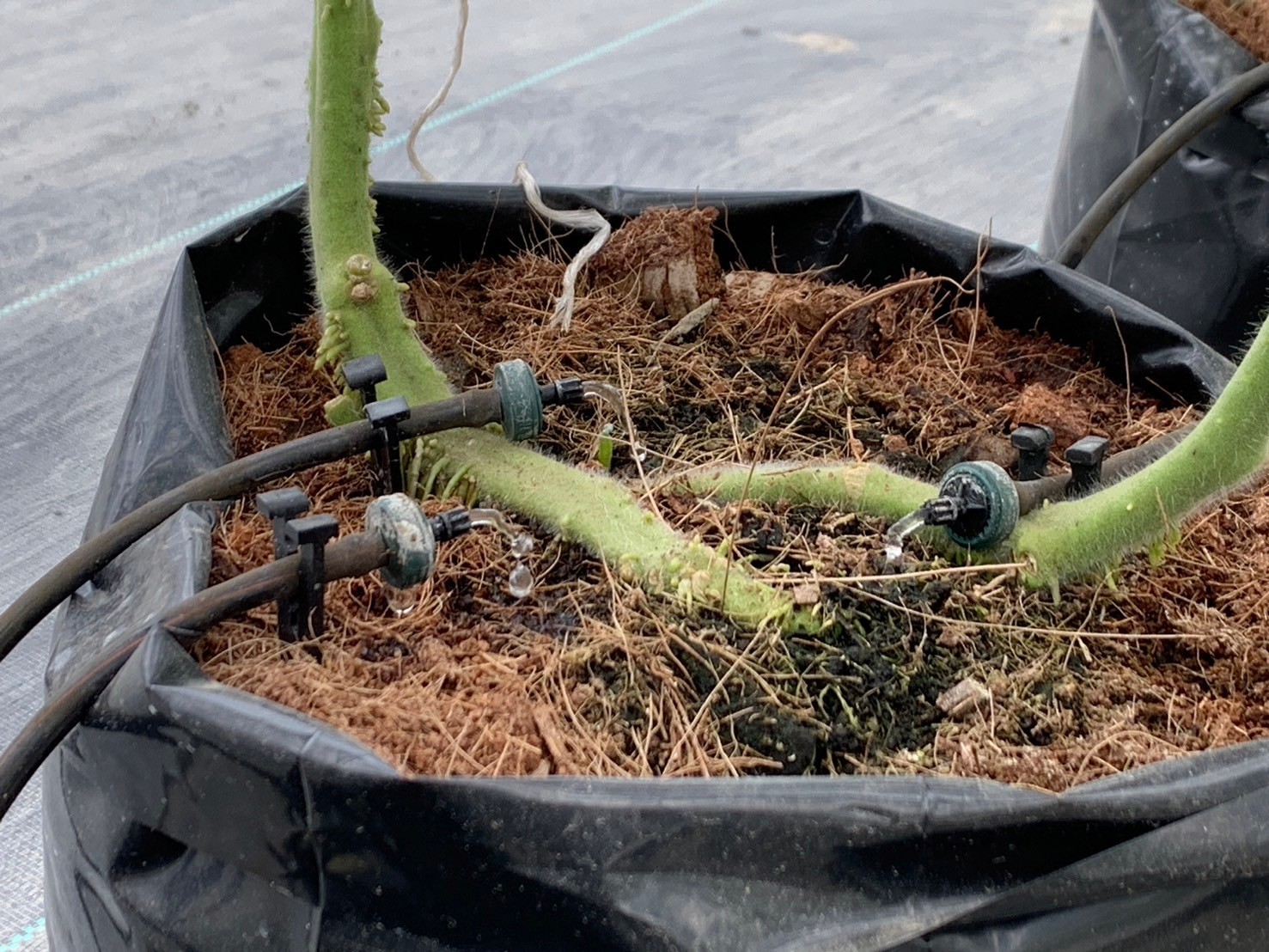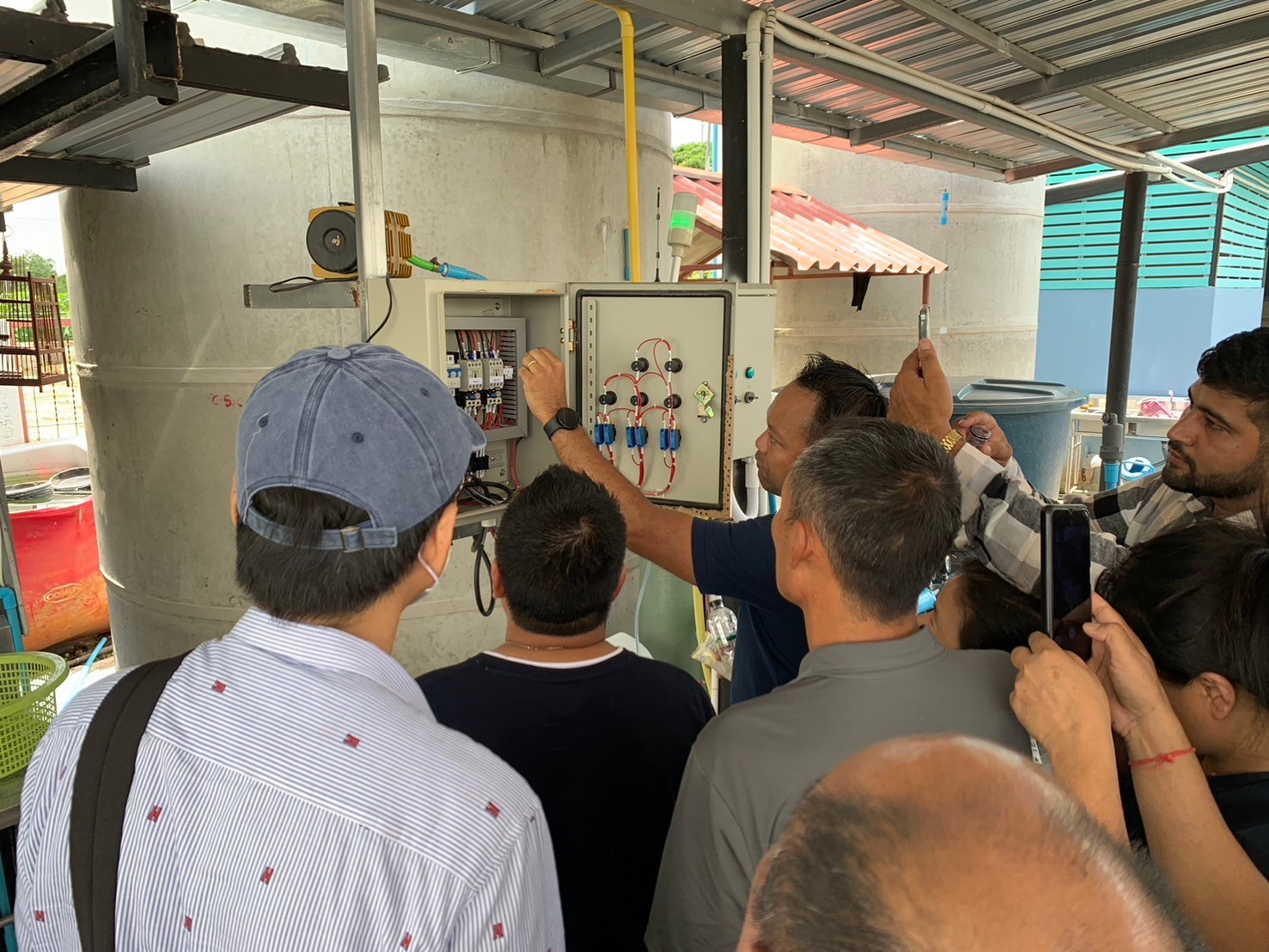IoT x Agriculture system, combining technology to enhance smart agriculture

In todays era, technology plays a major role in every sector, and agriculture is no exception. The application of IoT (Internet of Things) in agriculture, known as "smart agriculture", is rapidly developing and gaining popularity. One important technology that connects IoT and agriculture is the PLC (Programmable Logic Controller), a device that efficiently controls and manages various systems on the farm.
Role of PLC in Agricultural IoT
The PLC is used to control various automatic processes, which can be programmed to work as desired. It processes data from sensors installed on the farm or in cultivation area and sends commands to other devices such as water valves, water pumps, lighting systems, or other systems so that the entire system works together efficiently.
Examples of PLC use in agriculture

Automatic Watering System
In traditional farming systems, watering relies on human labor, which can lead to water loss or unnecessary watering. However, by using a PLC with a soil moisture sensor, the system can monitor soil moisture and automatically control the opening and closing of water valves, making water use efficient and resource-saving.
Greenhouse environmental control
Plants need suitable environment to grow, such as temperature, humidity and light. By using PLC with temperature, humidity, and light sensors, the system can automatically adjust the greenhouse environment to be suitable. This allows plants to grow well, reducing the risk of adverse environmental conditions.
Automatic Animal Feeding Management
In animal farms, PLC can be used to control the feeding and watering of animals at specified times, so that animals receive sufficient and consistent food, which increases the efficiency of animal husbandry and reduces unnecessary losses.

Fertilizer and Chemical Usage Control
In crop cultivation, the correct and precise use of fertilizers and chemicals is important. Using Haiwell PLCs together with soil or water pH sensors can help manage fertilizer and chemical usage accurately, reduce unnecessary chemical usage, and help preserve the environment.
IoT and PLC connectivity to create a smart farming system
When it comes to Haiwell IoT and ecloud in agriculture, the connecting various devices via the Internet for communication and data processing is the core. Using PLCs in Haiwell's IoT ecloud system enables efficient data collection from various sensors. PLCs can work with the cloud to send data and receive commands from users via the Internet, allowing operators to remotely monitor and control agricultural systems anytime, anywhere.
Benefits of using PLCs in IoT (Haiwell Cloud) Agriculture
Using PLCs in Haiwell IoT Agriculture not only improves production efficiency, but also reduces operating costs, increases safety, and reduces environmental impact. Automation reduces dependence on human labor and allows operators to focus on improving production processes.
Conclusion
Combining IoT technology (Haiwell) with the use of PLCs (Haiwell) in agriculture creates a highly efficient smart farming system, making farming easier and more accurate. This development not only increases productivity and reduces costs, but also responds to the needs of the digital world. Where everything can be efficiently connected and controlled via the Internet.


